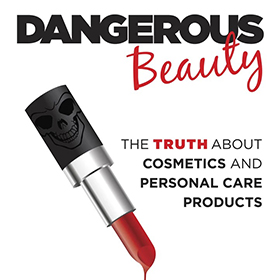
In the past few decades, synthetic fragrance compounds have become ubiquitous components of personal care and household cleaning products. Overwhelming consumerism trends have led to the excess usage of these chemicals. It has been observed that this fragrance-laden unhealthy lifestyle runs parallel with the unprecedented rates of diabetes, cancer, neural ailments, teratogenicity, and transgender instances. The link between fragrances as and the health outcomes can remain latent for decades.
The adverse effects of the fragrance constituents as phthalates, paraben, glutaraldehyde, hydroperoxides, oil of turpentine, metals, nitro musks, and essential oils, among others, are being identified. The endocrine-immune-neural axis pathways of these chemicals are being proven. Despite this a majority of the vulnerable populations are unaware and unmotivated to avoid these ‘slow poisons’. Possible mechanism for thier action include acidosis, aromatase upregulation, estrogen hyperproduction and inflammation.
Fragrance compounds share structural similarity with carcinogenic environmental hydrocarbons are able to mimic estrogen, the powerful signaling hormone, which underlies the majority of morbidities.
Source
https://www.ncbi.nlm.nih.gov/pubmed/28478814